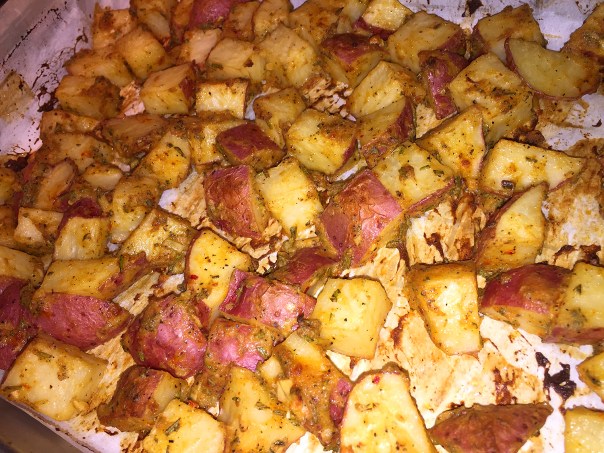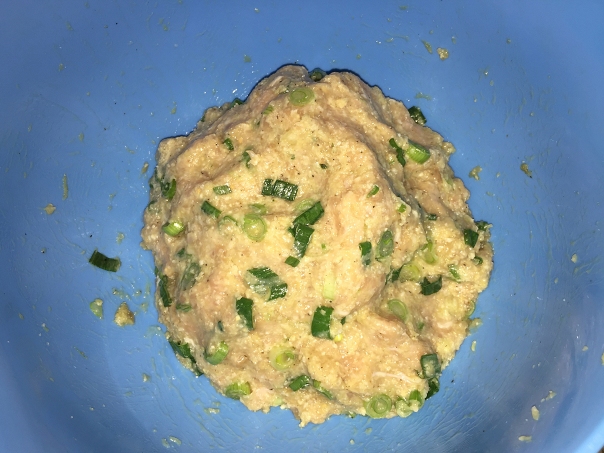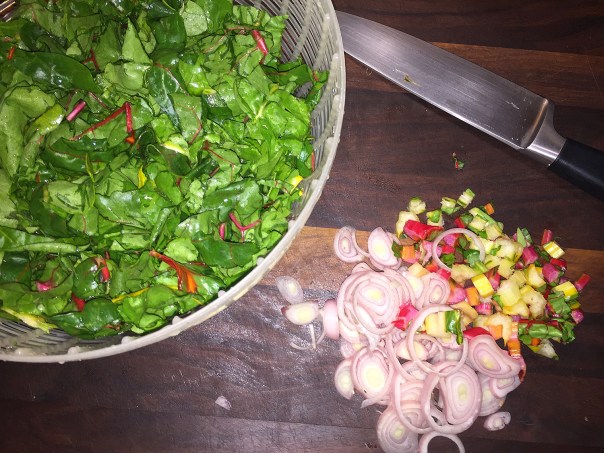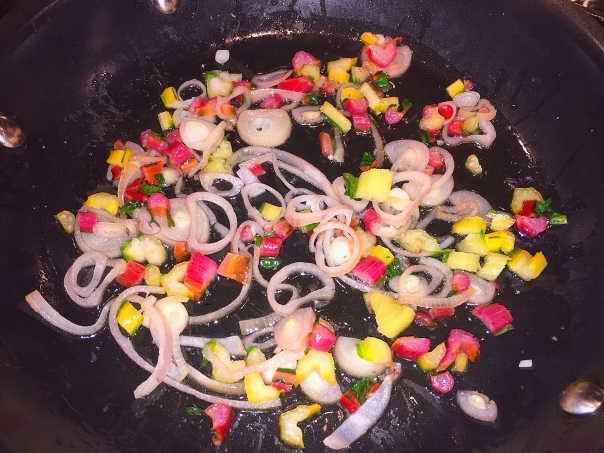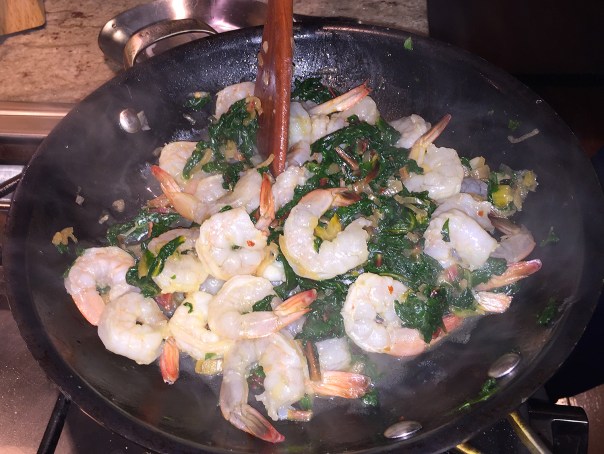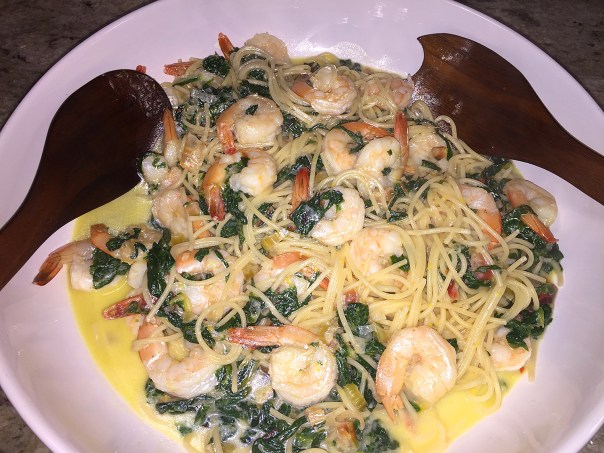Often on Sundays, especially during the cooler months, my husband is known to whip up a “Russified” version of some soup. Recently it was an adaptation of Black Bean Soup courtesy of Cook’s Illustrated (CI). With a potage in mind that would incorporate the remaining quart of our homemade ham stock, the culinary journey began, even though CI’s recipe calls for chicken broth.
Unlike the recipe below, Russ soaked the black beans overnight with a couple of ham hocks to give them flavor, while adding some shredded leftover ham at the end, eliminating the need for a ham steak as described below by CI.
A couple of other alterations included substituting pimentón picante in place of red pepper flakes, and using dry sherry instead of lime juice. Trying to avoid using corn starch as a thickener, the soup was still too thin even after processing some in a blender, so he bit the bullet and added it.
For a black bean soup recipe that produces an attractive, dark-colored soup full of sweet, spicy, smoky flavors, use dried beans, which release flavor into the broth as they cook—unlike canned beans. Dried beans tend to cook unevenly, so be sure to taste several beans to determine their doneness in Step 1.
Though you do not need to offer all of the garnishes listed below, do choose at least a couple; garnishes are essential for this soup as they add not only flavor but texture and color as well. We preferred pickled red onion (as opposed to raw), sour cream and cilantro as toppers.

Black Bean Soups
Ingredients
Beans
- 1 pound dried black beans (2 cups), rinsed and picked over
- 4 ounces ham steak, trimmed of rind
- 2 bay leaves
- 5 cups water
- ⅛ teaspoon baking soda
- 1 teaspoon table salt
Soup
- 3 tablespoons olive oil
- 2 large onions, chopped fine (about 3 cups)
- 1 large carrot, chopped fine (about 1/2 cup)
- 3 ribs celery, chopped fine (about 1 cup)
- ½ teaspoon table salt
- 5 – 6 medium cloves garlic, minced or pressed through garlic press (about 1 1/2 tablespoons)
- ½ teaspoon red pepper flakes
- 1 ½ tablespoons ground cumin
- 6 cups low-sodium chicken broth
- 2 tablespoons cornstarch
- 2 tablespoon water
Garnishes
- 2 tablespoons lime juice, from 1 to 2 limes
- lime wedges
- minced fresh cilantro leaves
- red onion, finely diced
- avocado, diced medium
- sour cream
Directions

1. FOR THE BEANS: Place beans, ham, bay, water, and baking soda in large saucepan with tight-fitting lid. Bring to boil over medium-high heat; using large spoon, skim scum as it rises to surface. Stir in salt, reduce heat to low, cover, and simmer briskly until beans are tender, 1 1/4 to 1 1/2 hours (if necessary, add another 1 cup water and continue to simmer until beans are tender); do not drain beans. Discard bay. Remove ham steak (ham steak darkens to color of beans), cut into 1/4-inch cubes, and set aside.


2. FOR THE SOUP: Heat oil in 8-quart Dutch oven over medium-high heat until shimmering but not smoking; add onions, carrot, celery, and salt and cook, stirring occasionally, until vegetables are soft and lightly browned, 12 to 15 minutes. Reduce heat to medium-low and add garlic, pepper flakes, and cumin; cook, stirring constantly, until fragrant, about 3 minutes. Stir in beans, bean cooking liquid, and chicken broth. Increase heat to medium-high and bring to boil, then reduce heat to low and simmer, uncovered, stirring occasionally, to blend flavors, about 30 minutes.


3. TO FINISH THE SOUP: Ladle 1 1/2 cups beans and 2 cups liquid into food processor or blender, process until smooth, and return to pot. Stir together cornstarch and water in small bowl until combined, then gradually stir about half of cornstarch mixture into soup; bring to boil over medium-high heat, stirring occasionally, to fully thicken. If soup is still thinner than desired once boiling, stir remaining cornstarch mixture to recombine and gradually stir mixture into soup; return to boil to fully thicken. Off heat, stir in lime juice and reserved ham; ladle soup into bowls and serve immediately, passing garnishes separately.









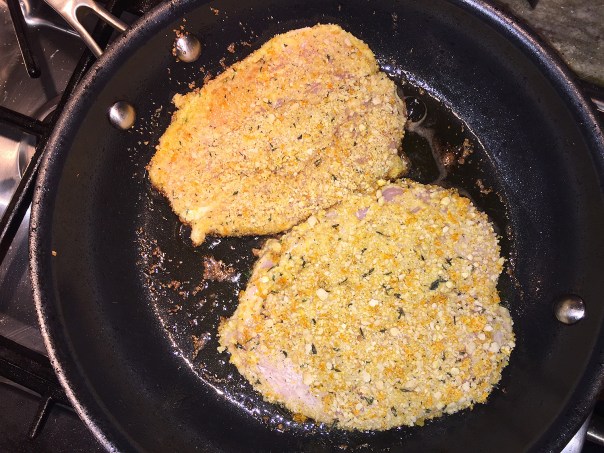
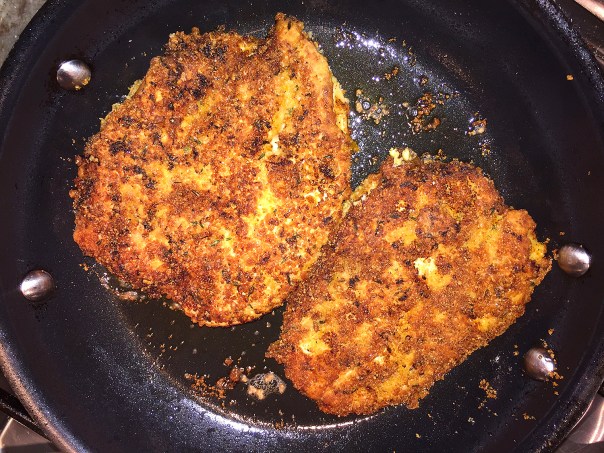
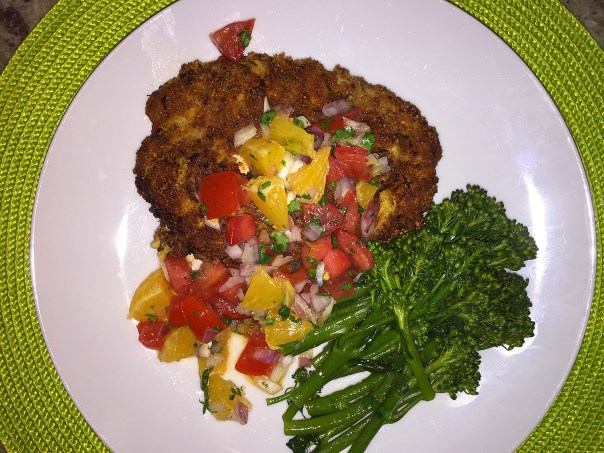

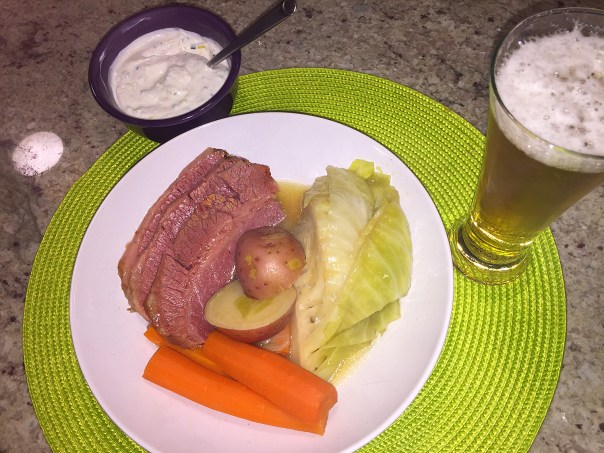








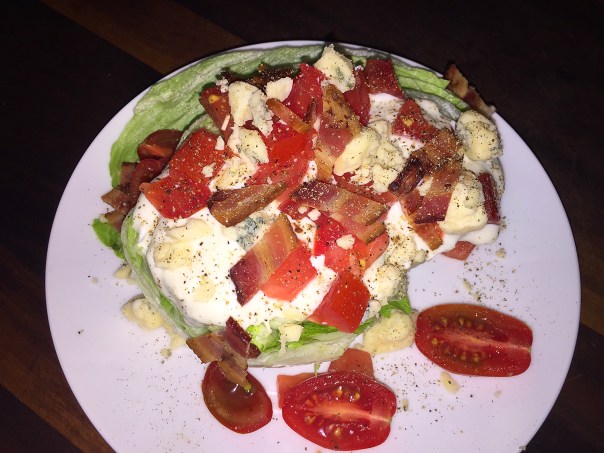

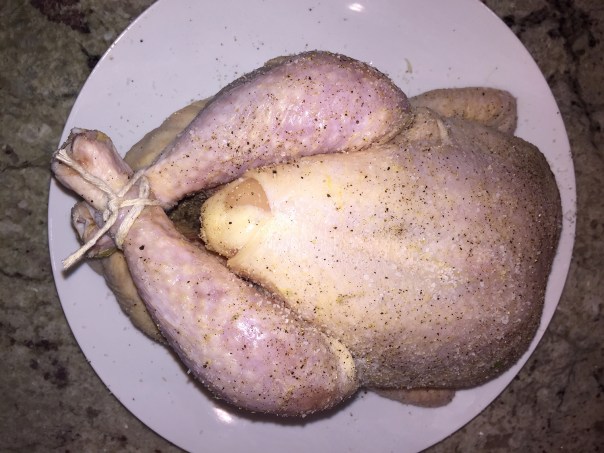


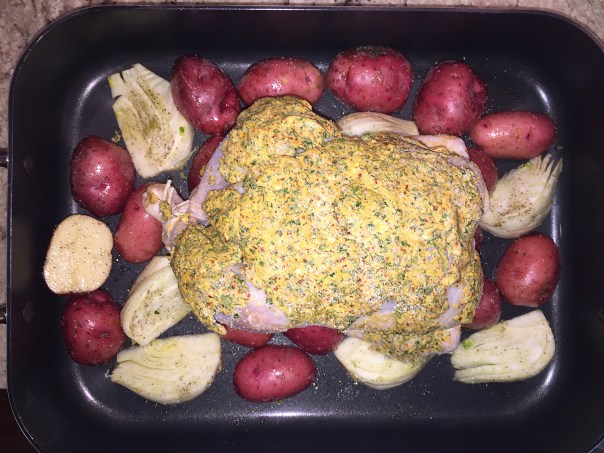

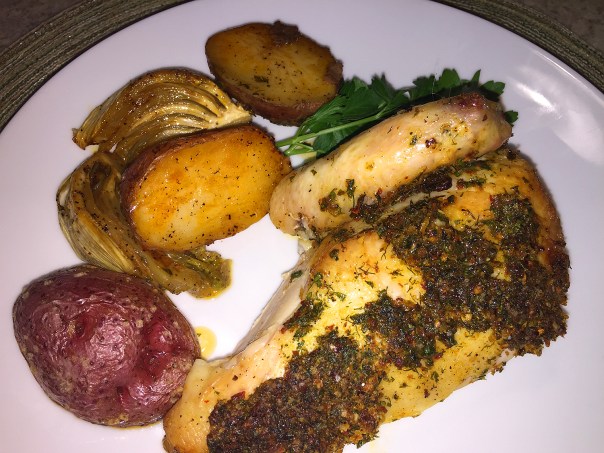


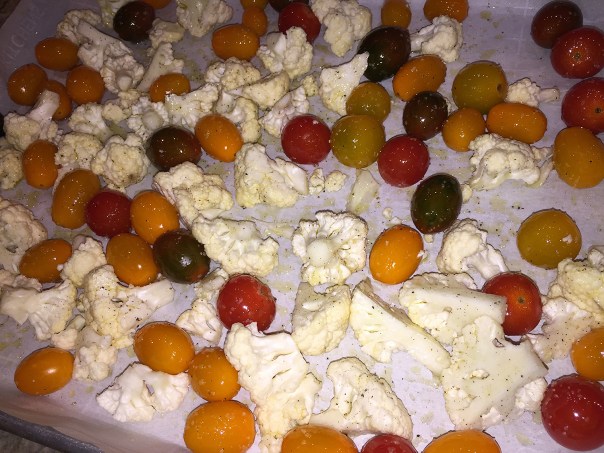


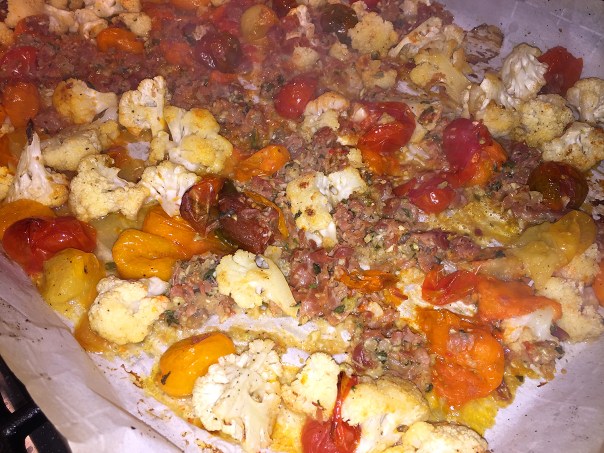



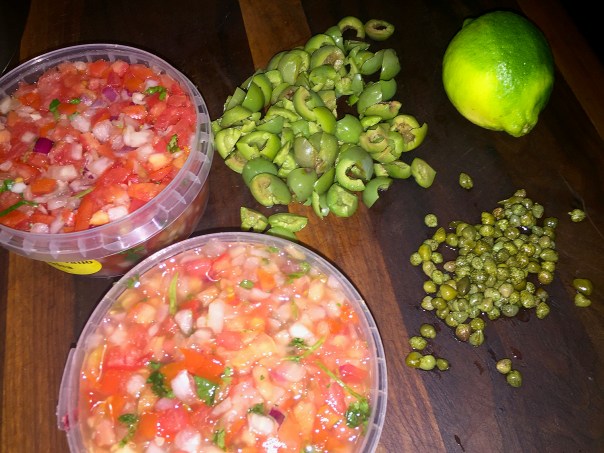







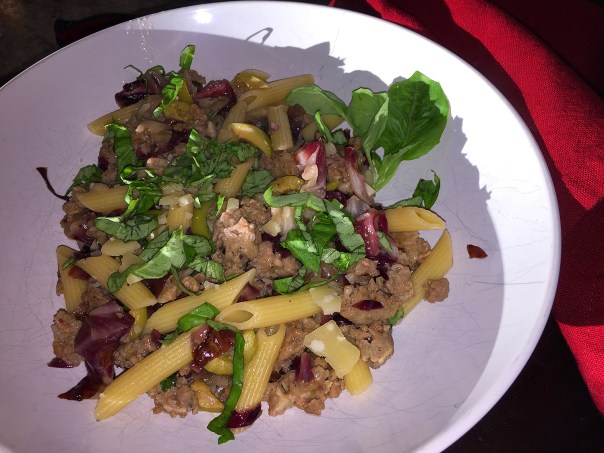








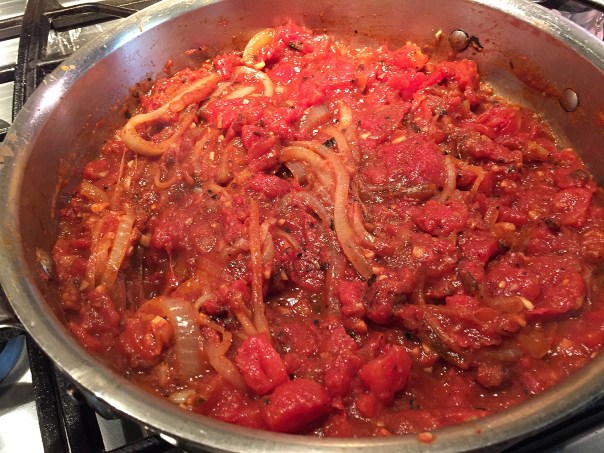


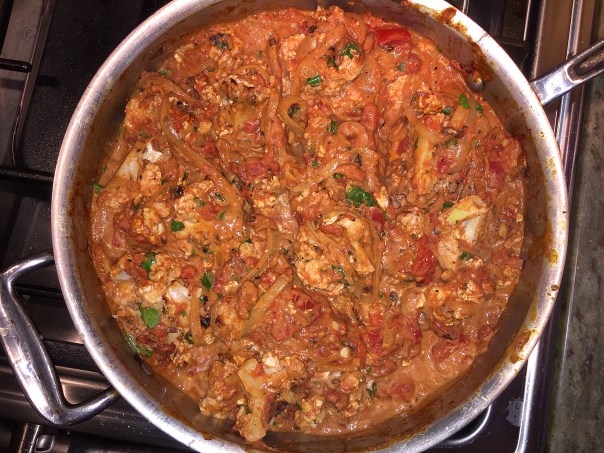

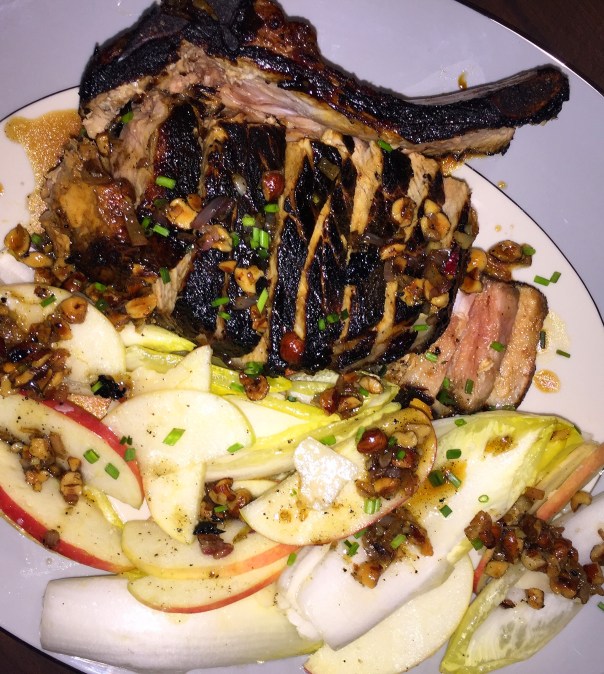
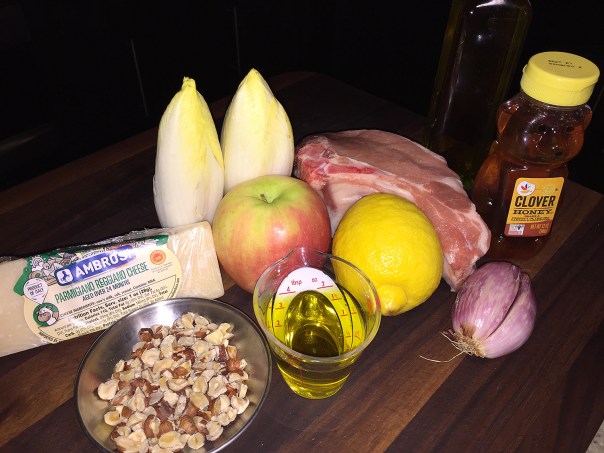



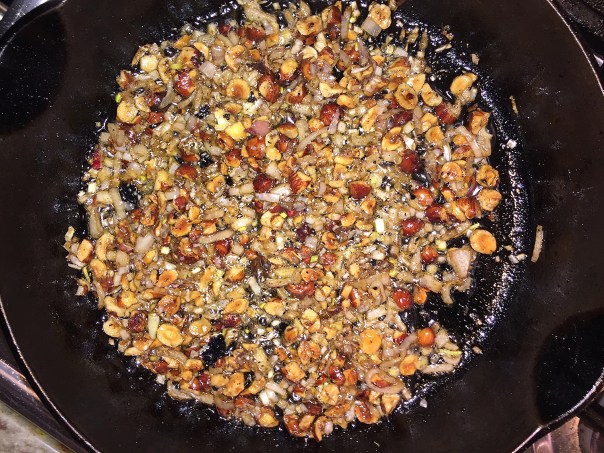





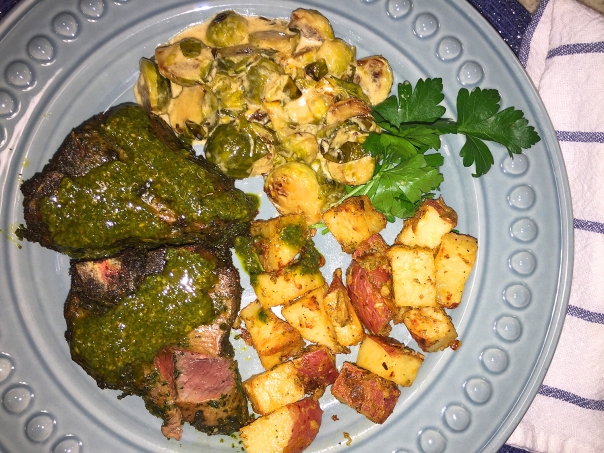




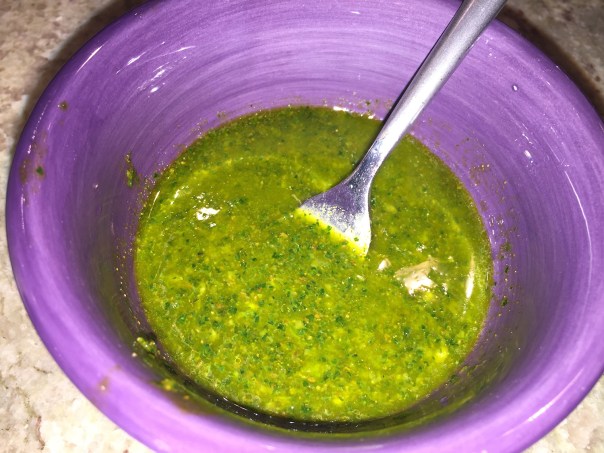

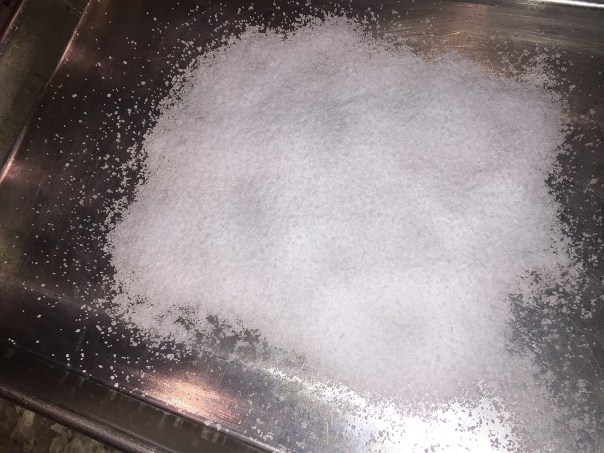


 We cut the recipe in half for just the two of us, and there was still plenty leftover.
We cut the recipe in half for just the two of us, and there was still plenty leftover.

